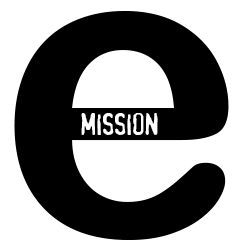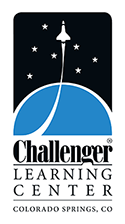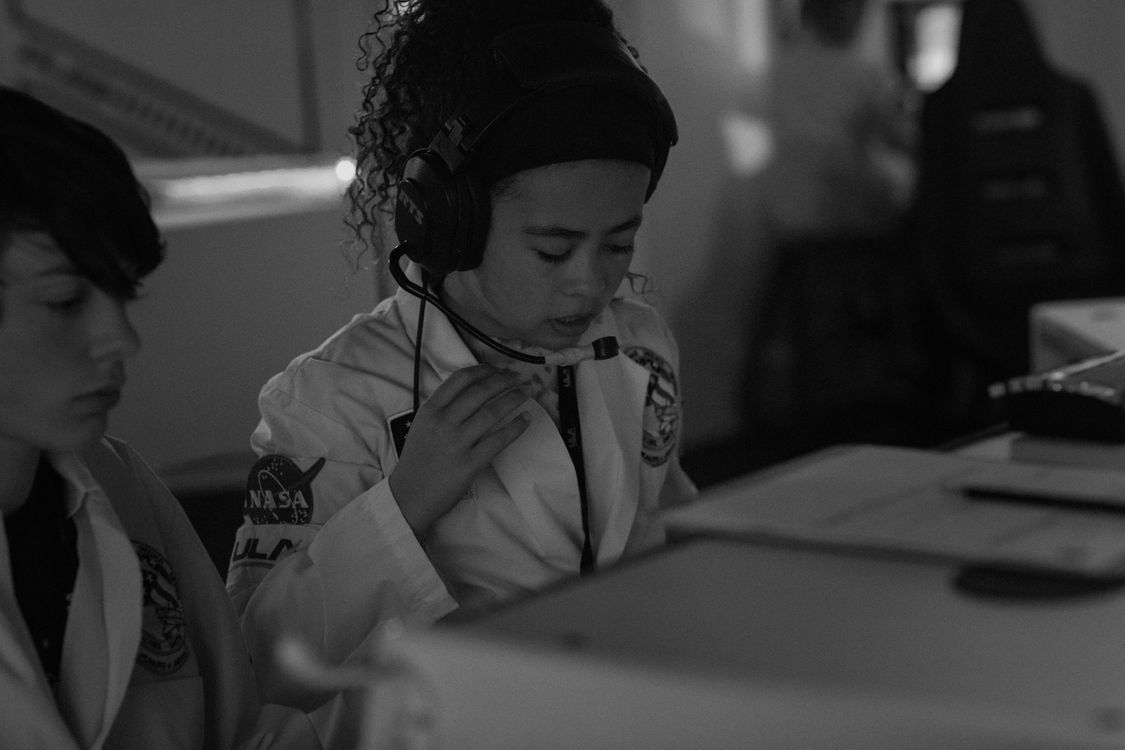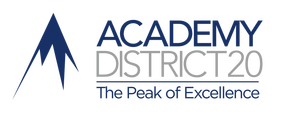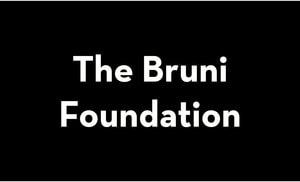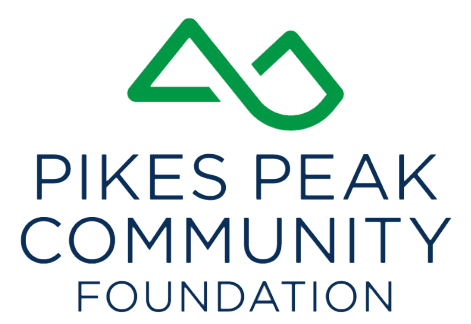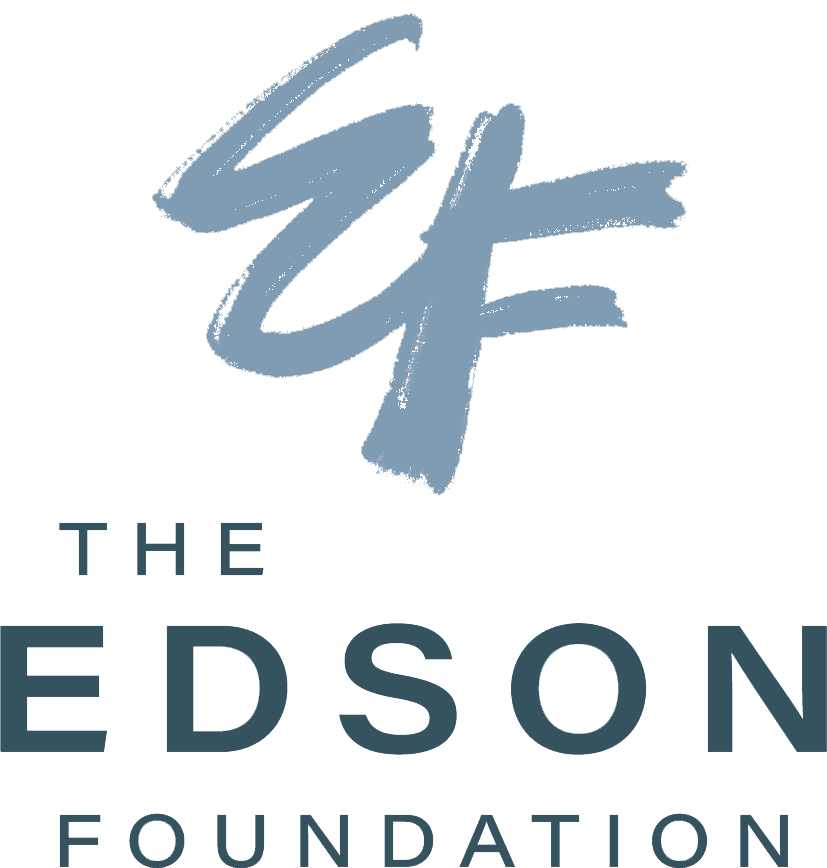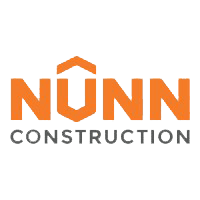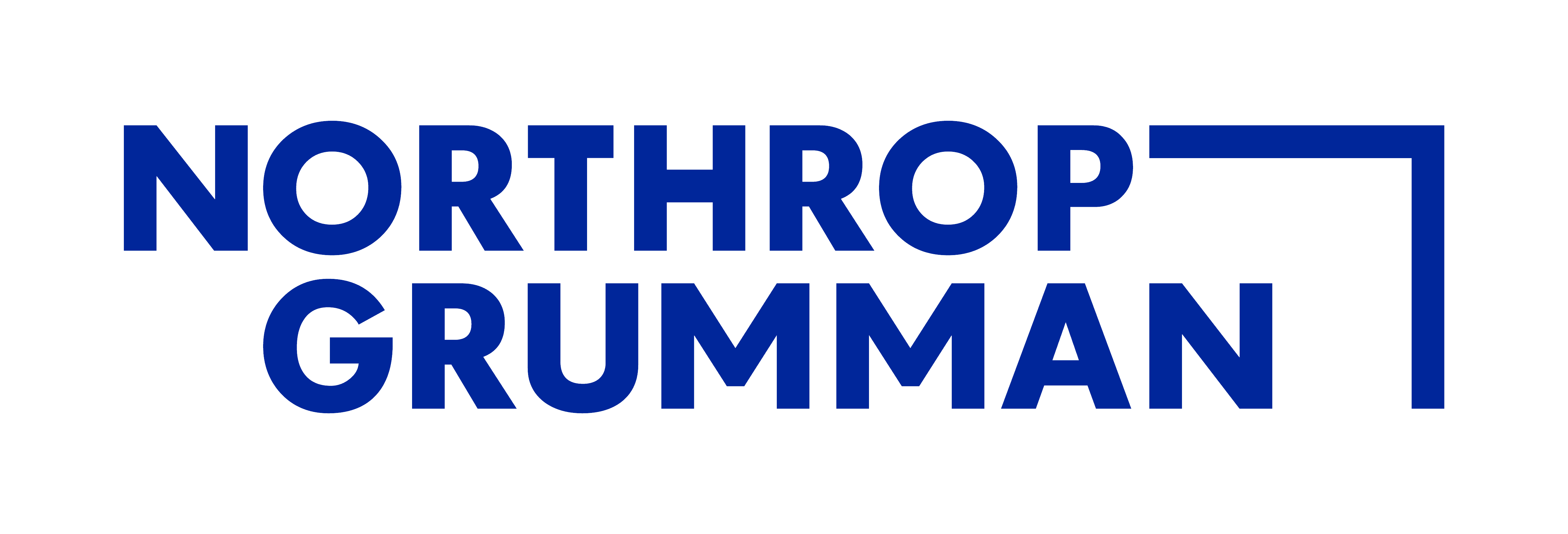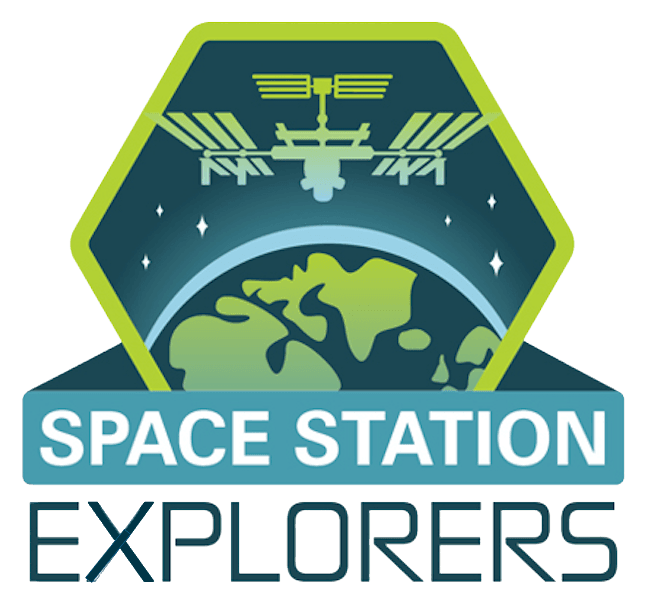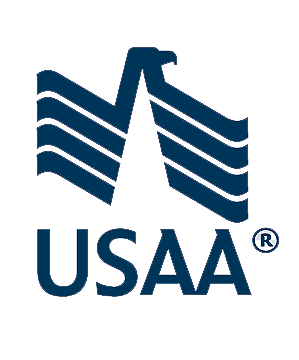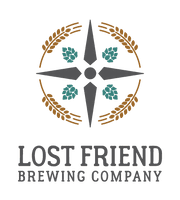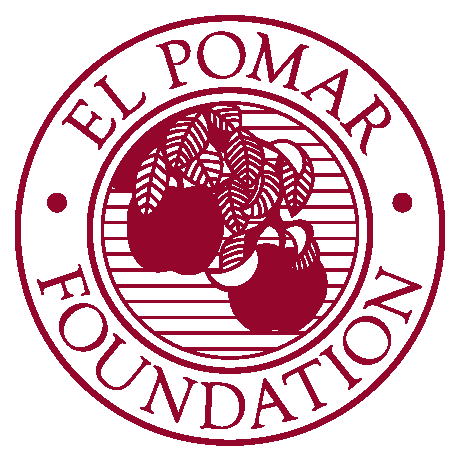Full-Day Programs
Middle school groups as large as 64 students (two classes) may now enjoy a full day of immersive STEM programming featuring three exciting programs:
Half-Day Part I
Simulated Space Mission (choose from the options here)
Half-Day Part II
Explorer Lab Activity (choose from the four options below)
Interactive Planetarium Sessions (choose from the five options below)
Interactive Planetarium Sessions (choose from the five options below)
Explorer Lab Activities
Planetary Defense Breakout Based on NASA's Double Asteroid Redirection Test Mission or DART, students are tasked with helping to derail an asteroid on a collision course with our home planet. Teams must work through clues, open locks, and uncover a series of secret codes that will activate the only critical redirection systems that have the potential to save the Earth! (Paired with Operation Comet mission)
Marsbound In this engaging NASA-developed design challenge, student engineering teams work to balance financial, mass, and power constraints while planning a mission to the Red Planet. The greatest scientific gains, the most efficient use of funds, and a chance roll of the dice will identify which team is declared NASA's top mission planners! (Paired with Expedition Mars mission)
Lunar Arena Student teams will be challenged to program robots through a leveled lunar obstacle course as they take on the role of Commander, Programmer, or Engineer. Teams will work together to earn points by conquering a variety of challenges that require tons of teamwork and careful communication. (Paired with Lunar Quest mission)
GOES-R Sat Lab Students collaborate to replicate core pieces of a crucial satellite that tracks global fires from its bird's eye view in orbit. Teams learn how to reverse engineer, program, and print parts on our Bambu mini 3D printers. (Paired with Earth Odyssey mission)
Interactive Mikkelson Planetarium Sessions
Students interact with trained facilitators who deliver sessions to meet content and create a custom experience for all in our stunning 40-seat Mikkelson Planetarium. Teachers reserving full-day sessions should choose one of the following options.
Across the Solar System Beginning with an introduction to the night sky above us, including visible planets and constellations that can be seen throughout the solar system, students explore the eight planets, as well as a number of moons and dwarf planets. This program helps students deepen their understanding of the structure, diversity, and wonder of our corner of the Milky Way. (Paired with Operation Comet mission)
Journey to Mars By following the journey of NASA’s Perseverance Rover from Earth to Mars, students learn how to spot planets in the night sky, why the Red Planet is a prime target for human exploration, as well as the challenges and wonder of reaching out to explore our solar system neighbors. Students also get close-up views of some of Mars’s most fascinating features, as well as its similarities and differences compared to Earth. (Paired with Expedition Mars mission)
Through the Lunar Lens The moon is the brightest object in the night sky, but its appearance and position is always changing. Through views from both Earth and space, students learn the secrets to the moons’ phases and movements. Then students visit the moon itself, viewing the historic sites of the Apollo lunar landings and seeing what’s ahead for the future of human exploration of the moon through NASA’s Artemis program. (Paired with Lunar Quest mission)
Galaxies in Motion Beginning with a view of the sky from our corner of the Milky Way, students explore a variety of galaxies, as well as their components and structure. Students journey beyond the edges of our galaxy, glimpse the staggering number and variety of galaxies in our universe, and peer into the future as our galaxy interacts with its neighbors. (Paired with Earth Odyssey mission)
Colorado Sky Tonight Students will leave this session with homework! During this walkabout of the night sky, they will be introduced to easily identifiable objects in the sky over Colorado tonight. From stars and constellations, to planets and nebulas, our team will share practical ways to locate, identify, and memorize these objects and their locations. Final step: students will be challenged to locate these objects from their own backyards.



